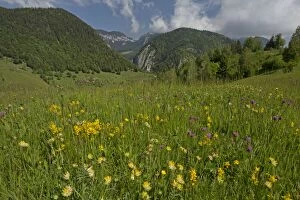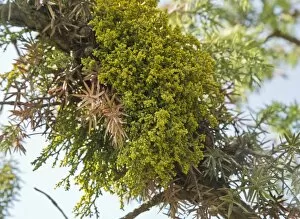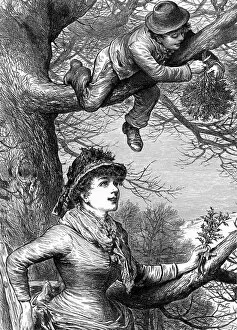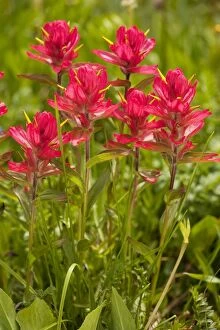Hemiparasitic Collection
Discover the fascinating world plants, like the Juniper Dwarf Mistletoe (Arceuthobium oxycedri) pictured in the Pontic Mountains of Anatolia, Turkey (Picture No
All Professionally Made to Order for Quick Shipping
Discover the fascinating world plants, like the Juniper Dwarf Mistletoe (Arceuthobium oxycedri) pictured in the Pontic Mountains of Anatolia, Turkey (Picture No. 11073993). Unlike typical parasites, these plants don't kill their hosts but derive nutrients from them, seen here as the mistletoe berries growing on a juniper branch. In contrast, the Yellow Lousewort (Pedicularis condensata) (Picture No. 11073985) of the same region is a true parasite, attaching itself to the roots of other plants for sustenance. As we move to North America, the Tundra or Western Paintbrush (Castilleja occidentalis) (Picture No. 10899473) of Grand Teton National Park, Wyoming, and the Rosy Paintbrush (Castilleja rosea) (Picture No. 11073977) in Rustler's Gulch, Maroon Bells-Snowmass Wilderness, Colorado, showcase the diversity plants. The former grows in nutrient-poor environments, while the latter thrives near conifers, deriving water and minerals from their roots. While these plants may seem unusual, they play crucial roles in their ecosystems and have inspired intrigue for centuries. For instance, the ancient Greeks believed that the Mistletoe was a gift from the gods, and it continues to be a popular Christmas decoration today (Picture No. 10899473).










